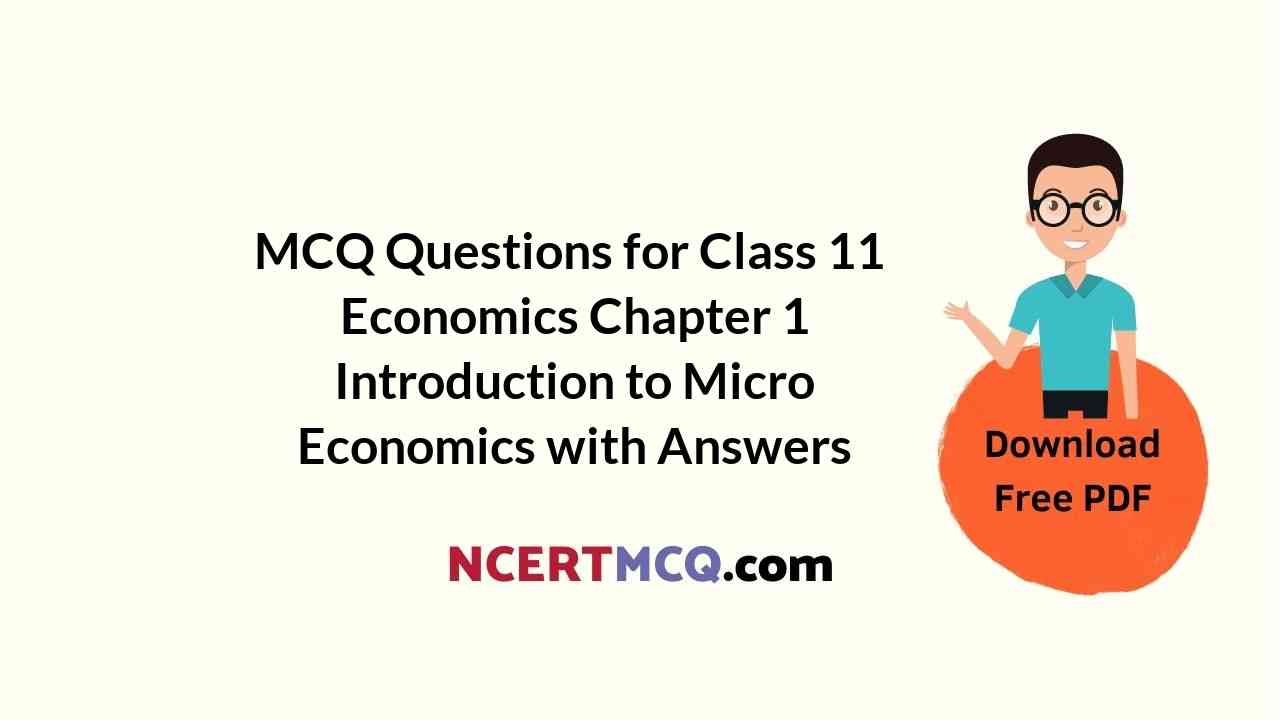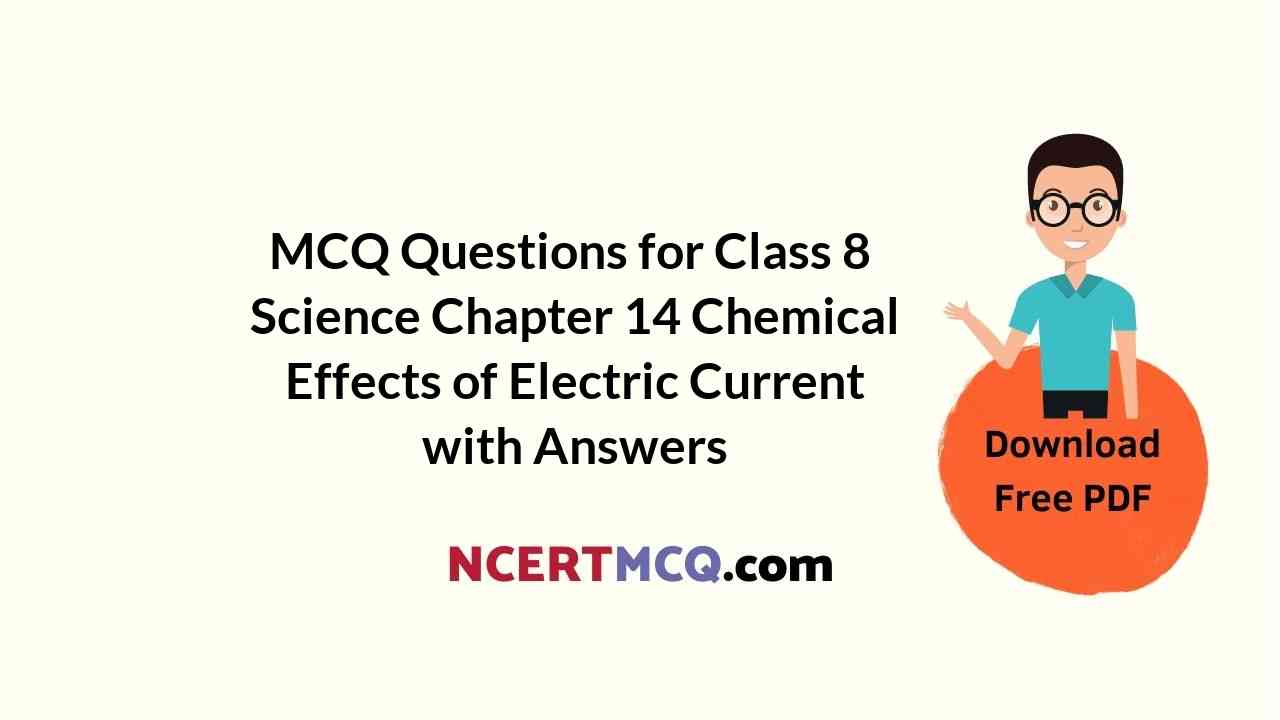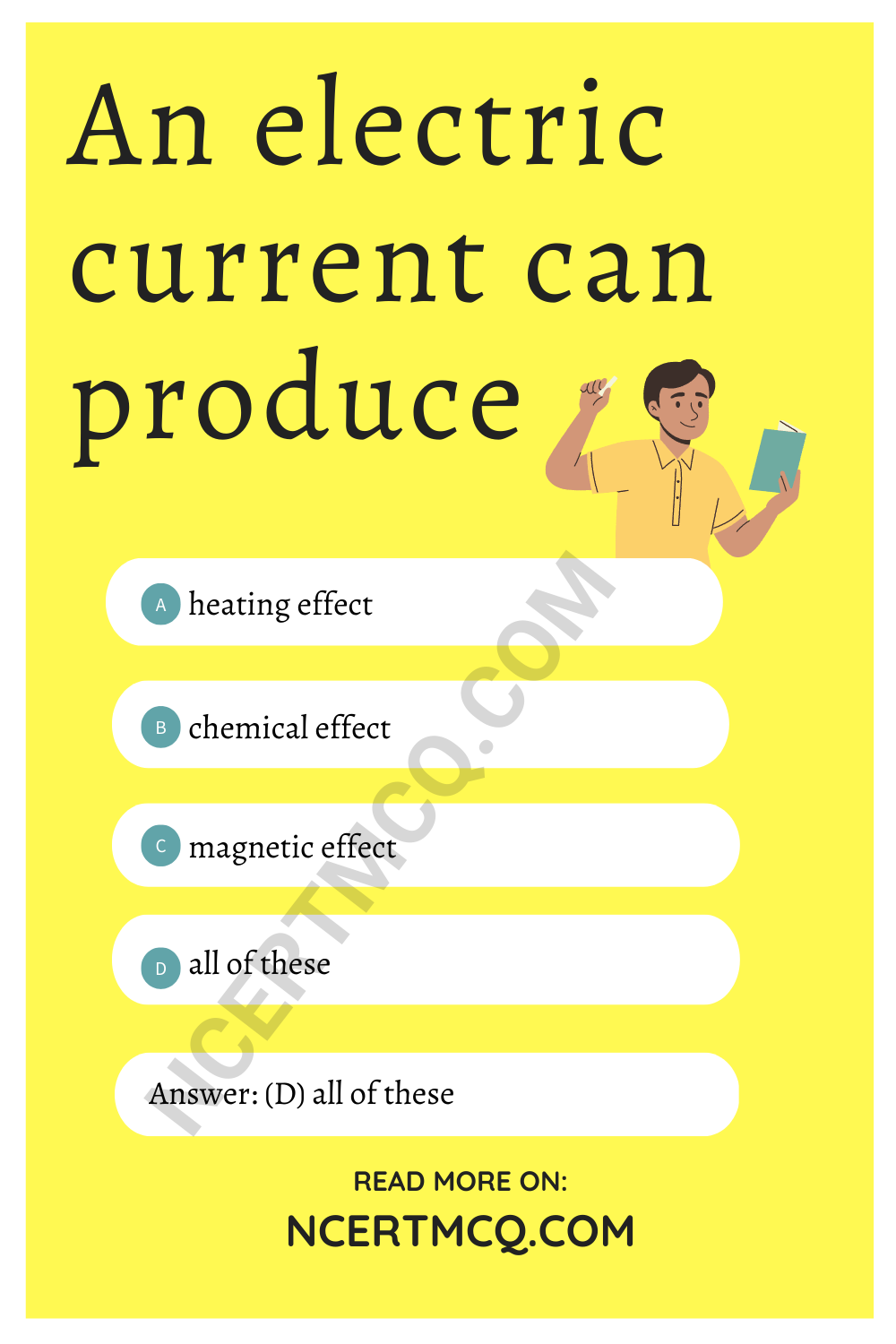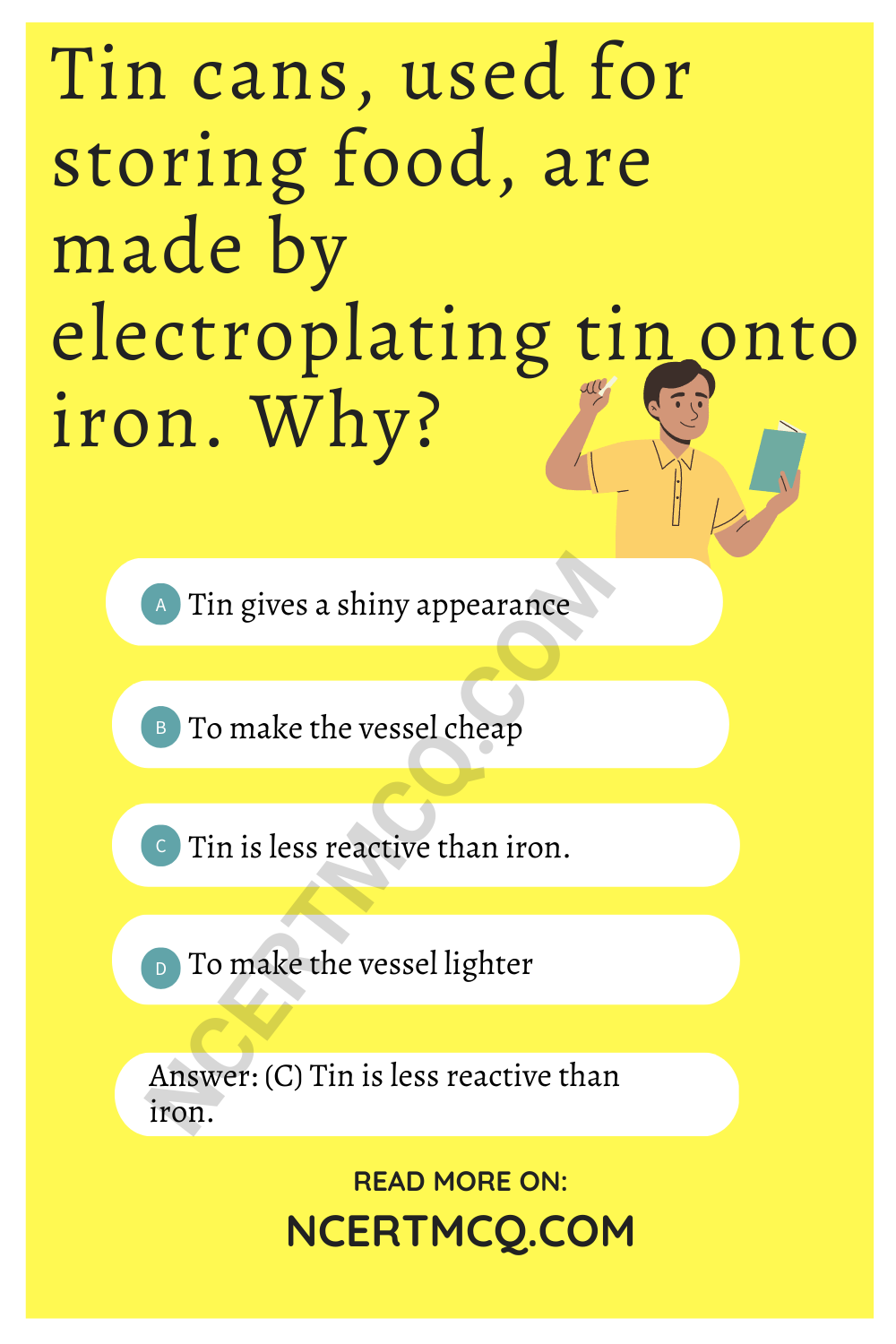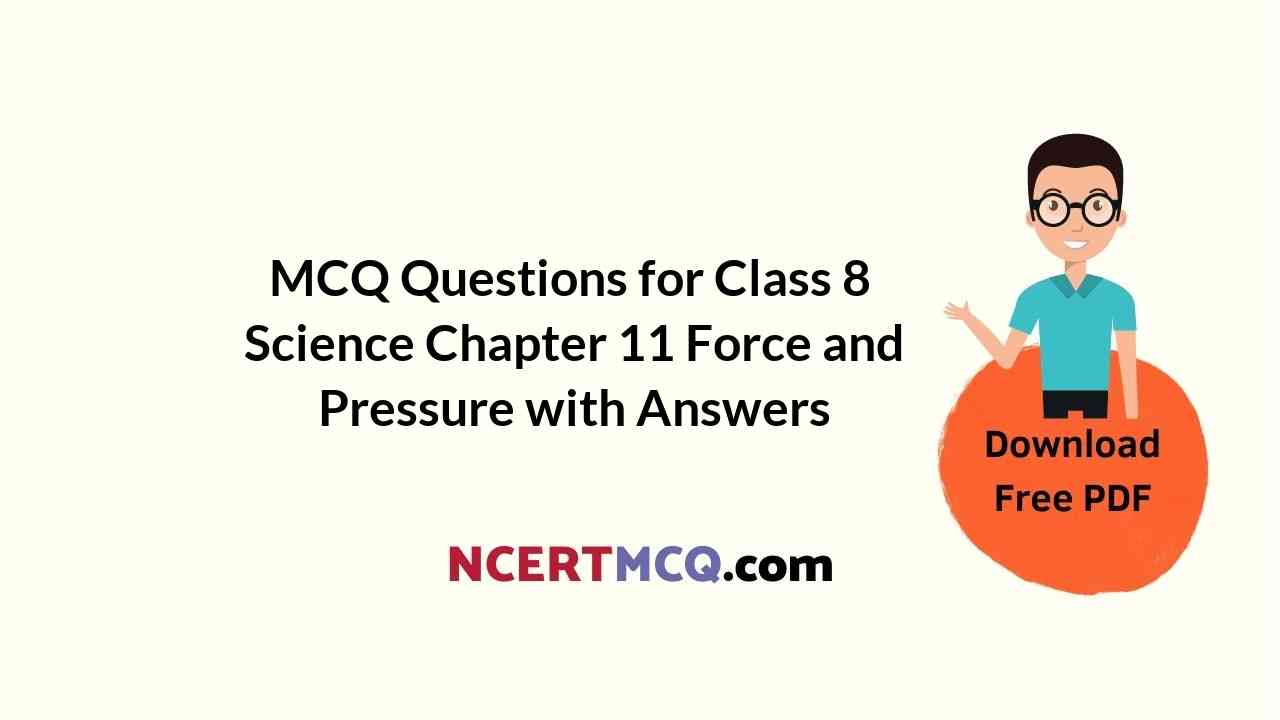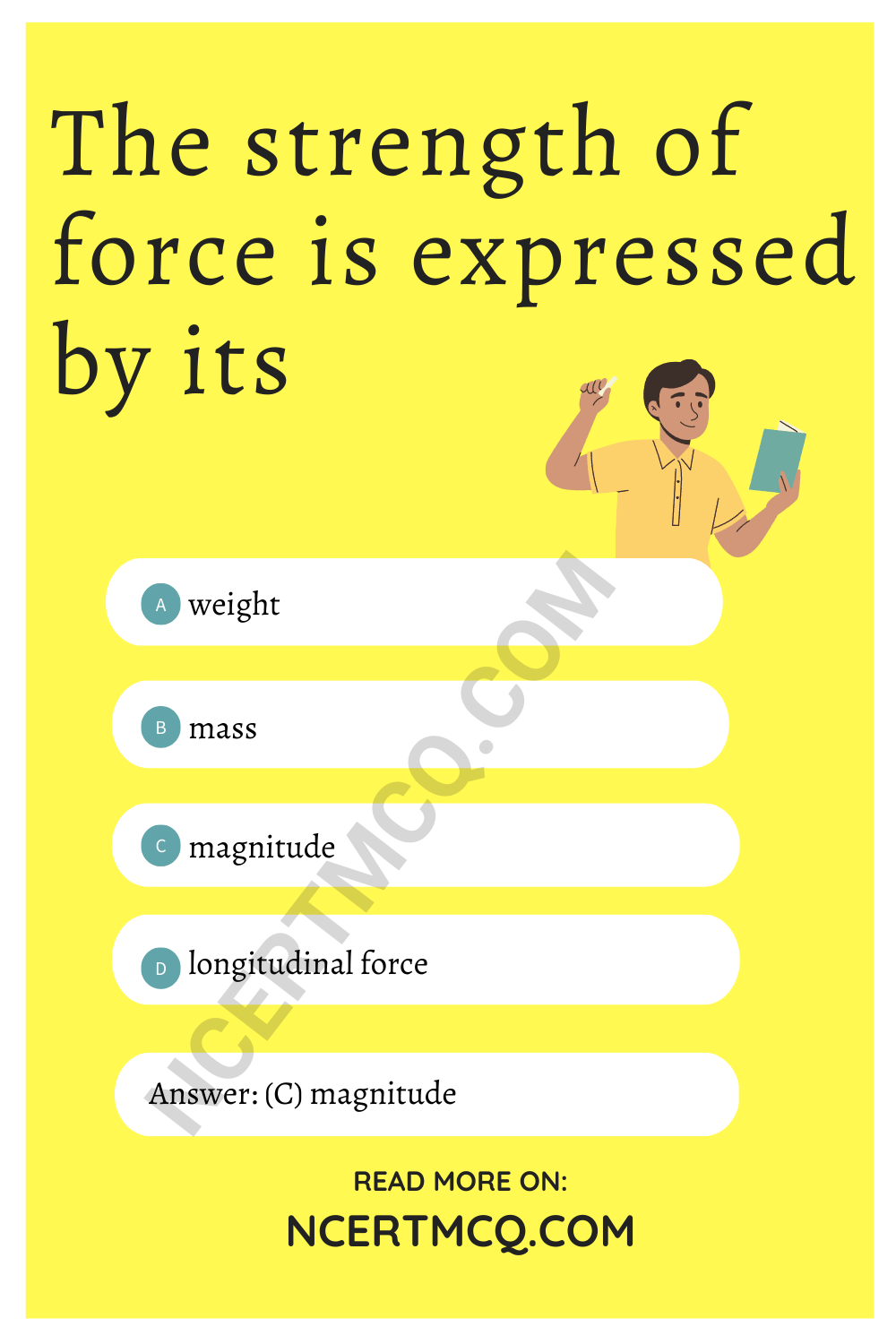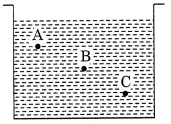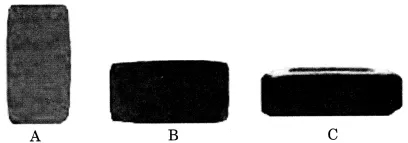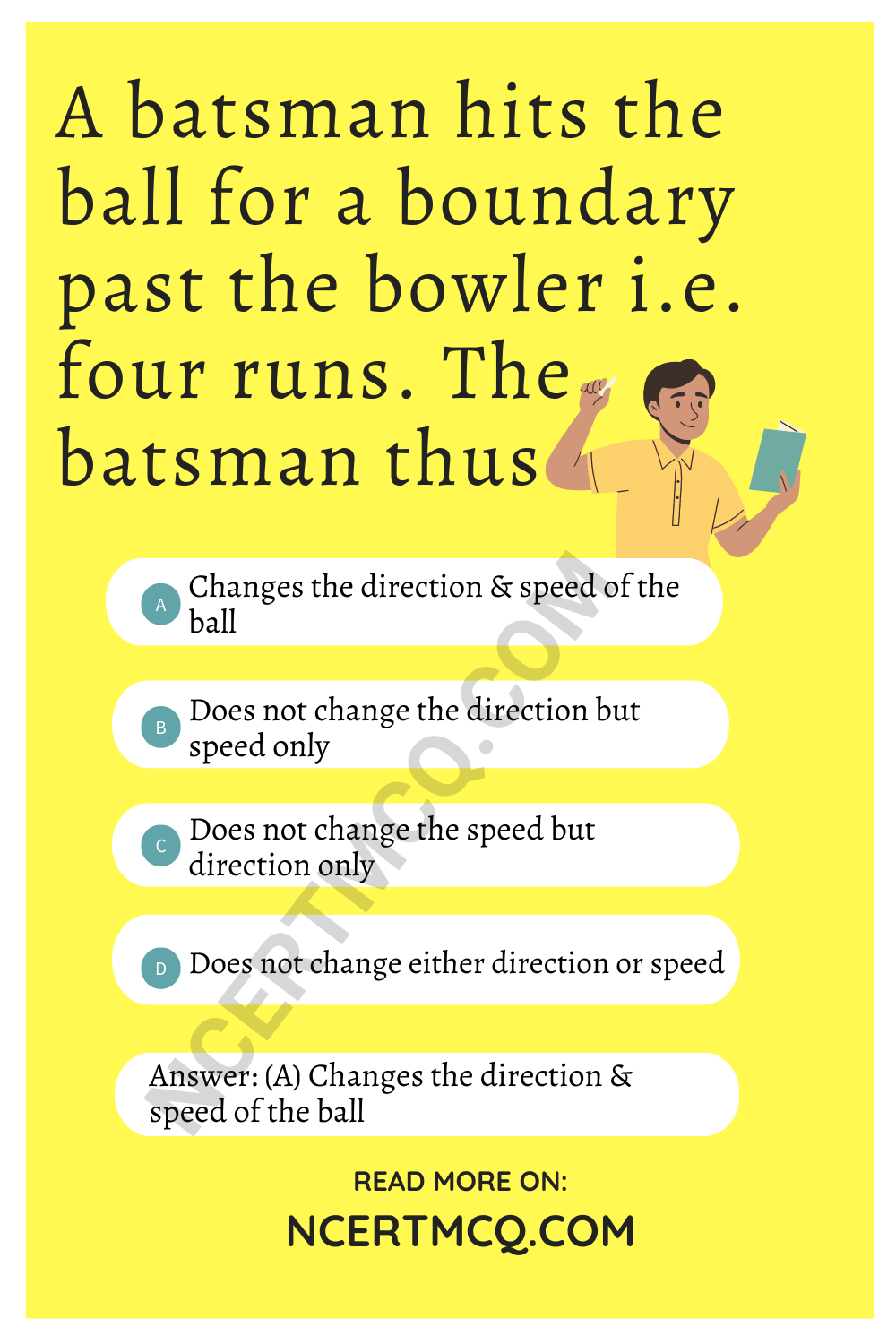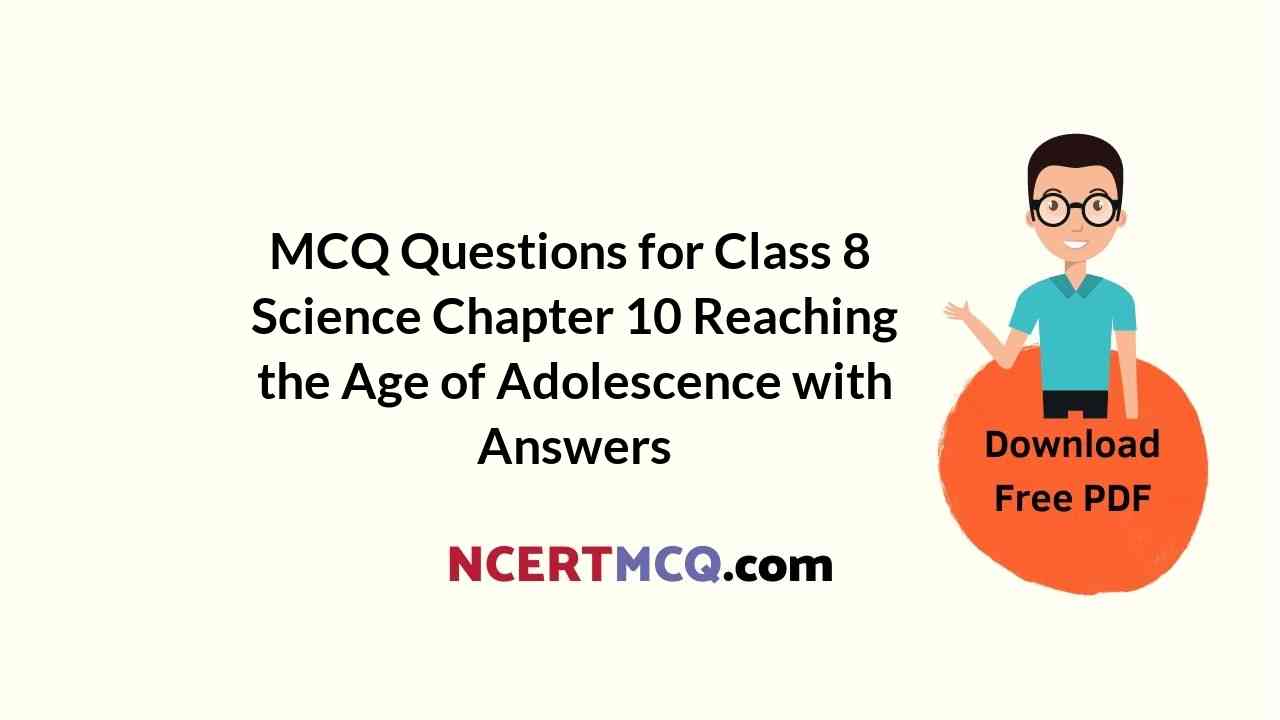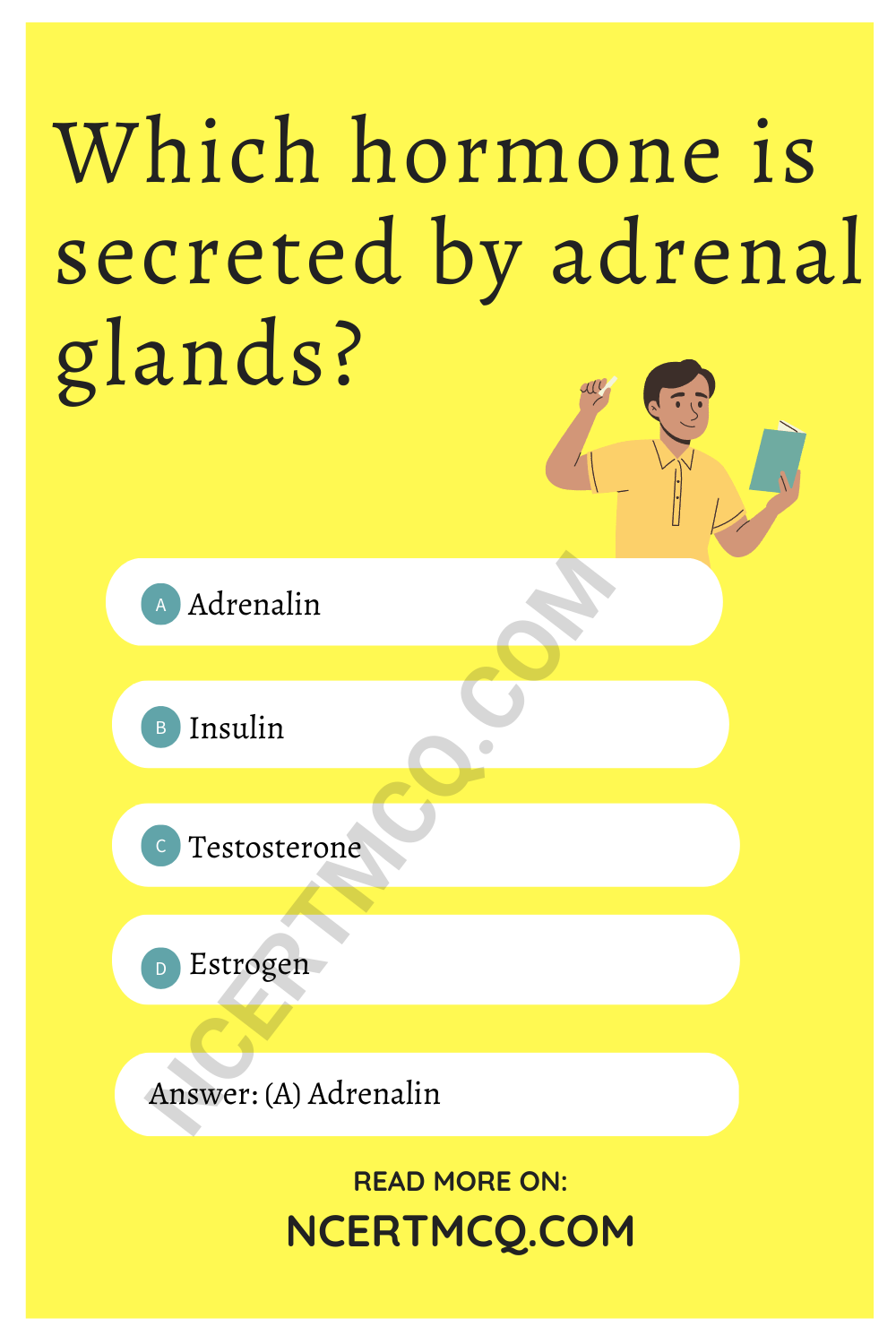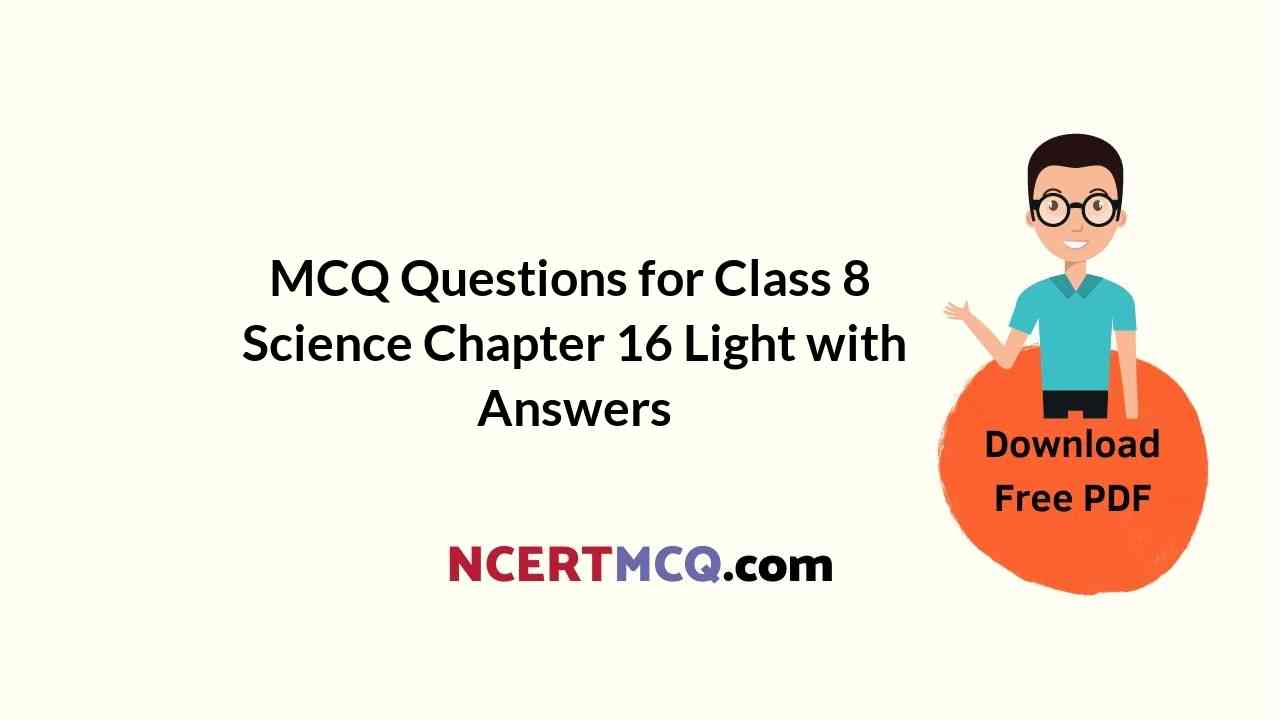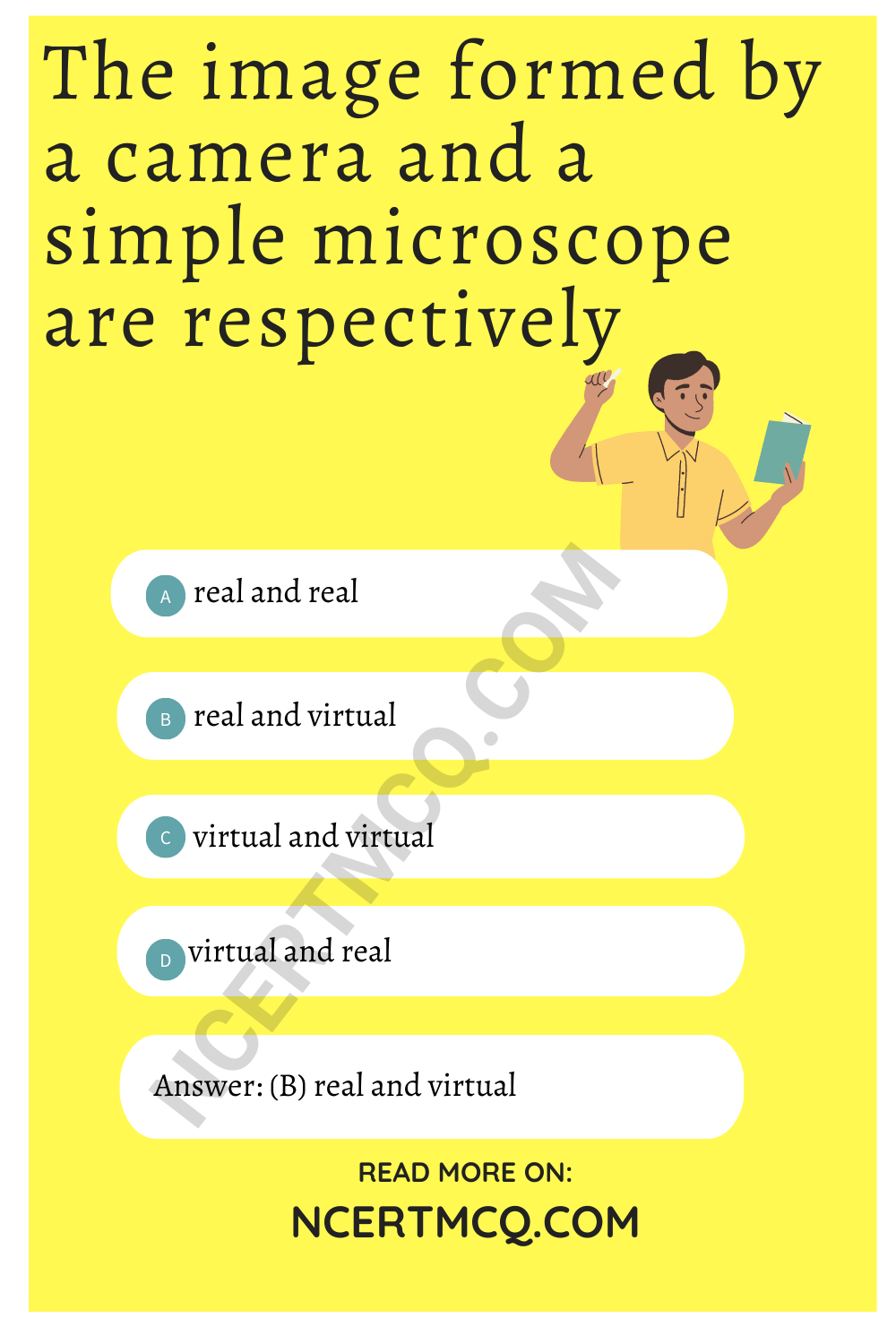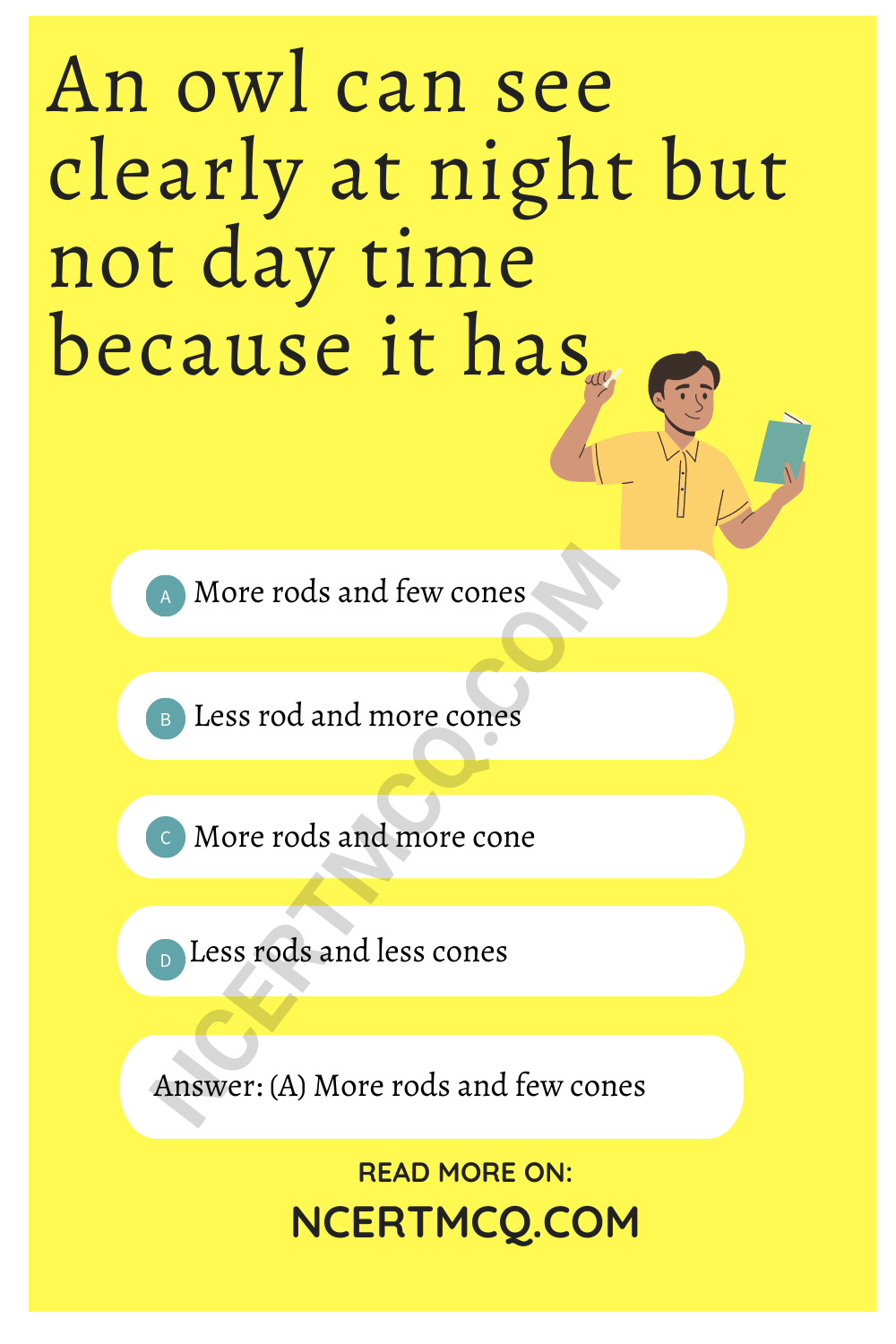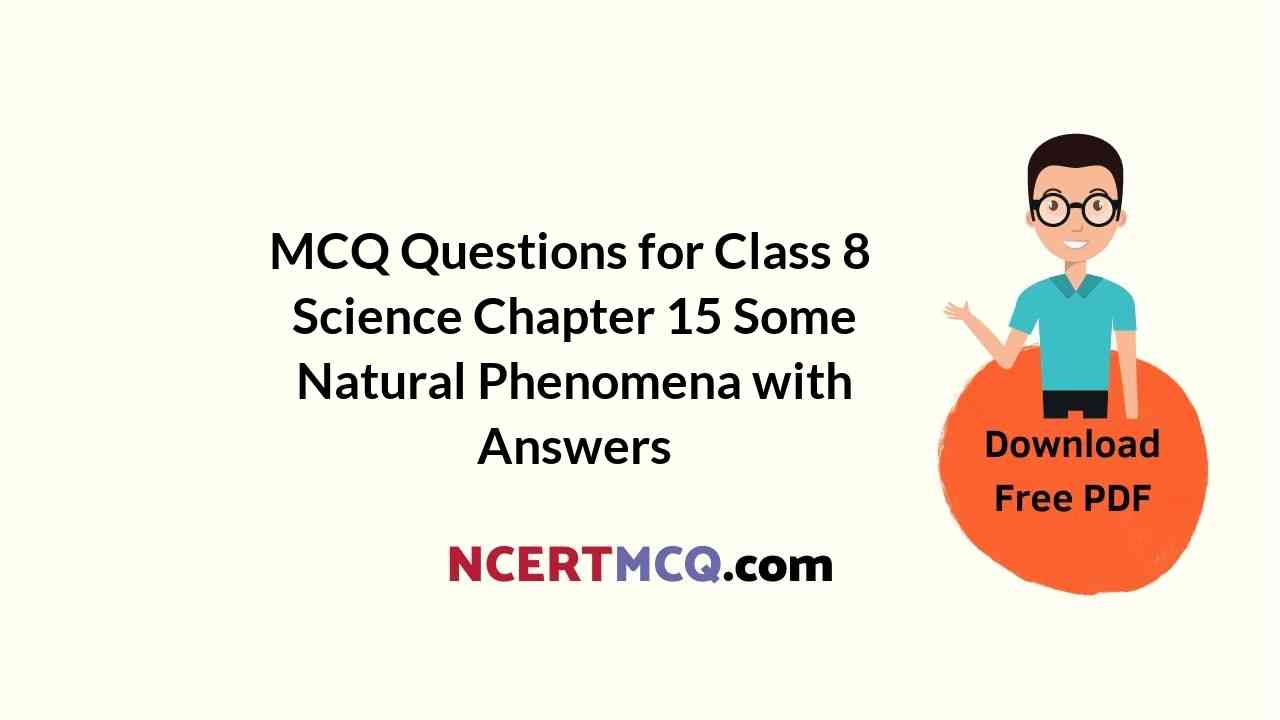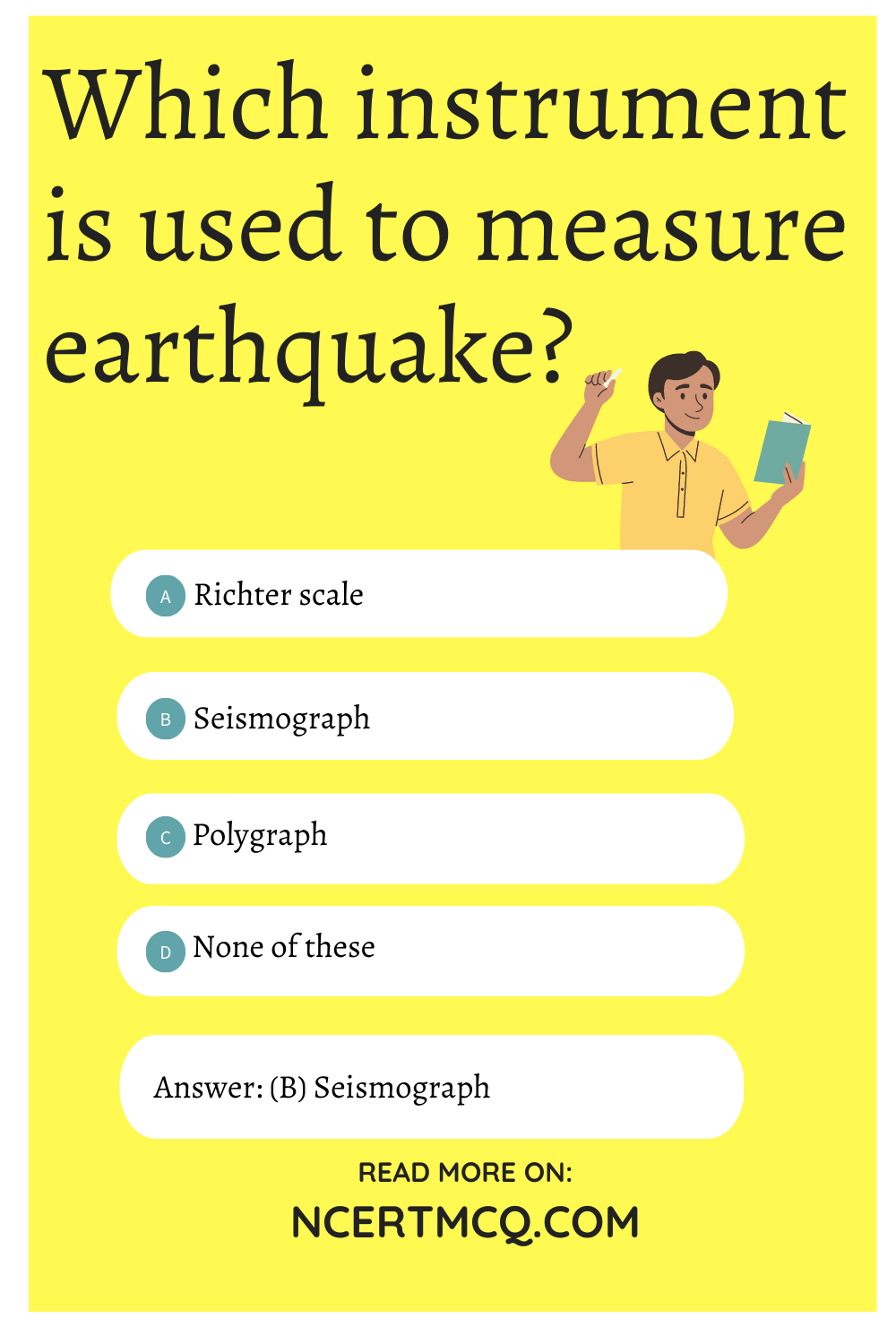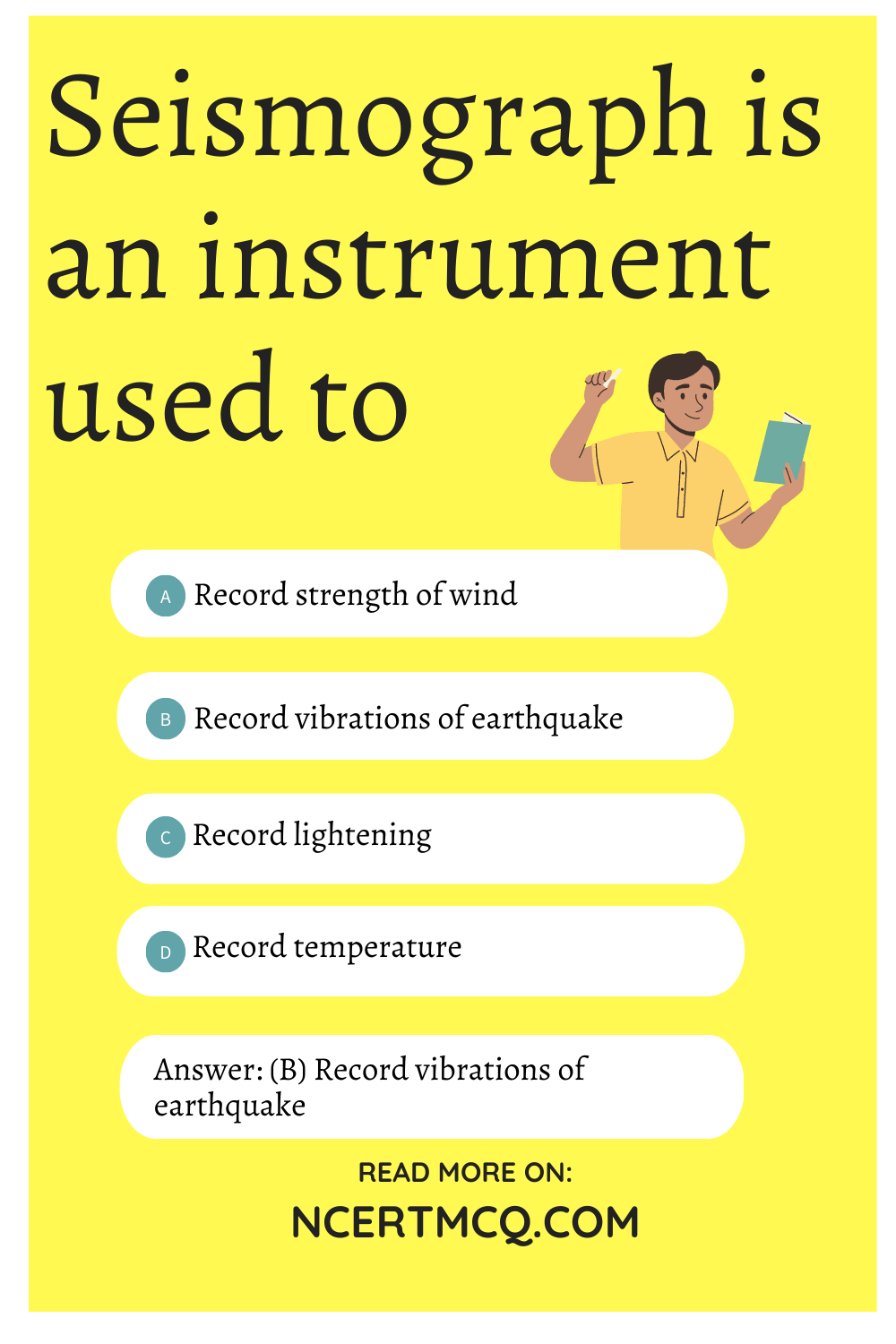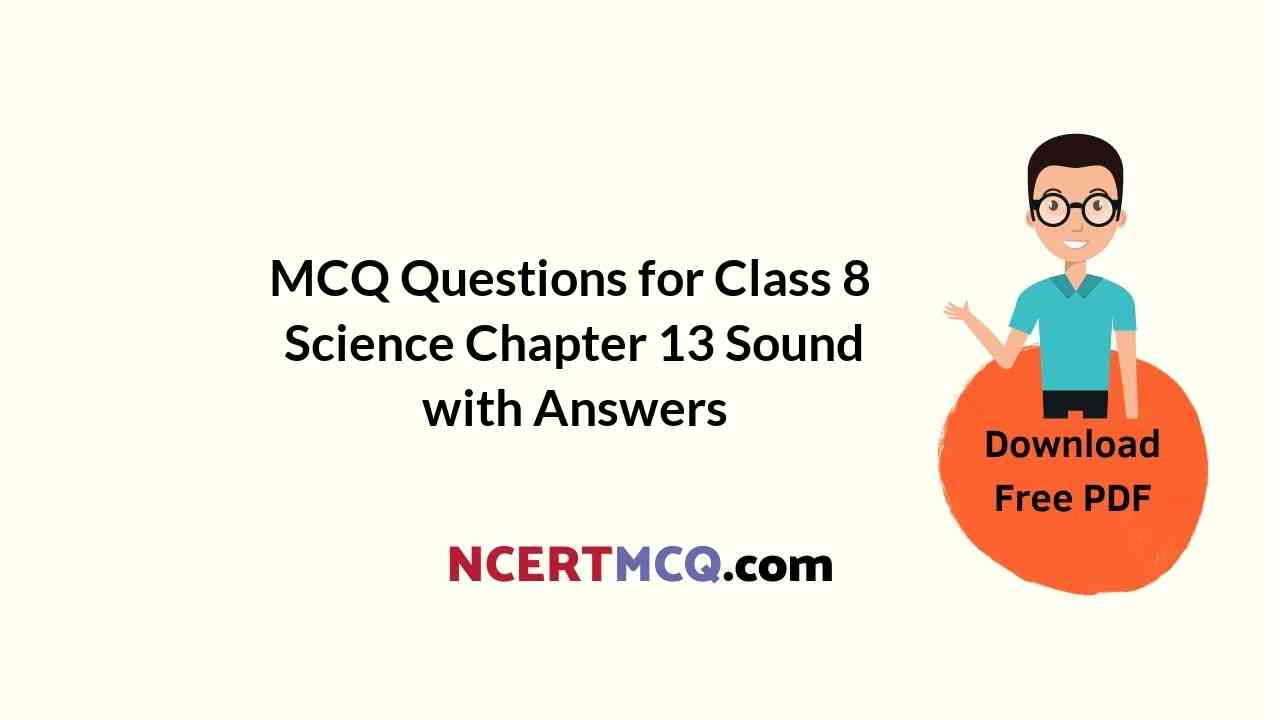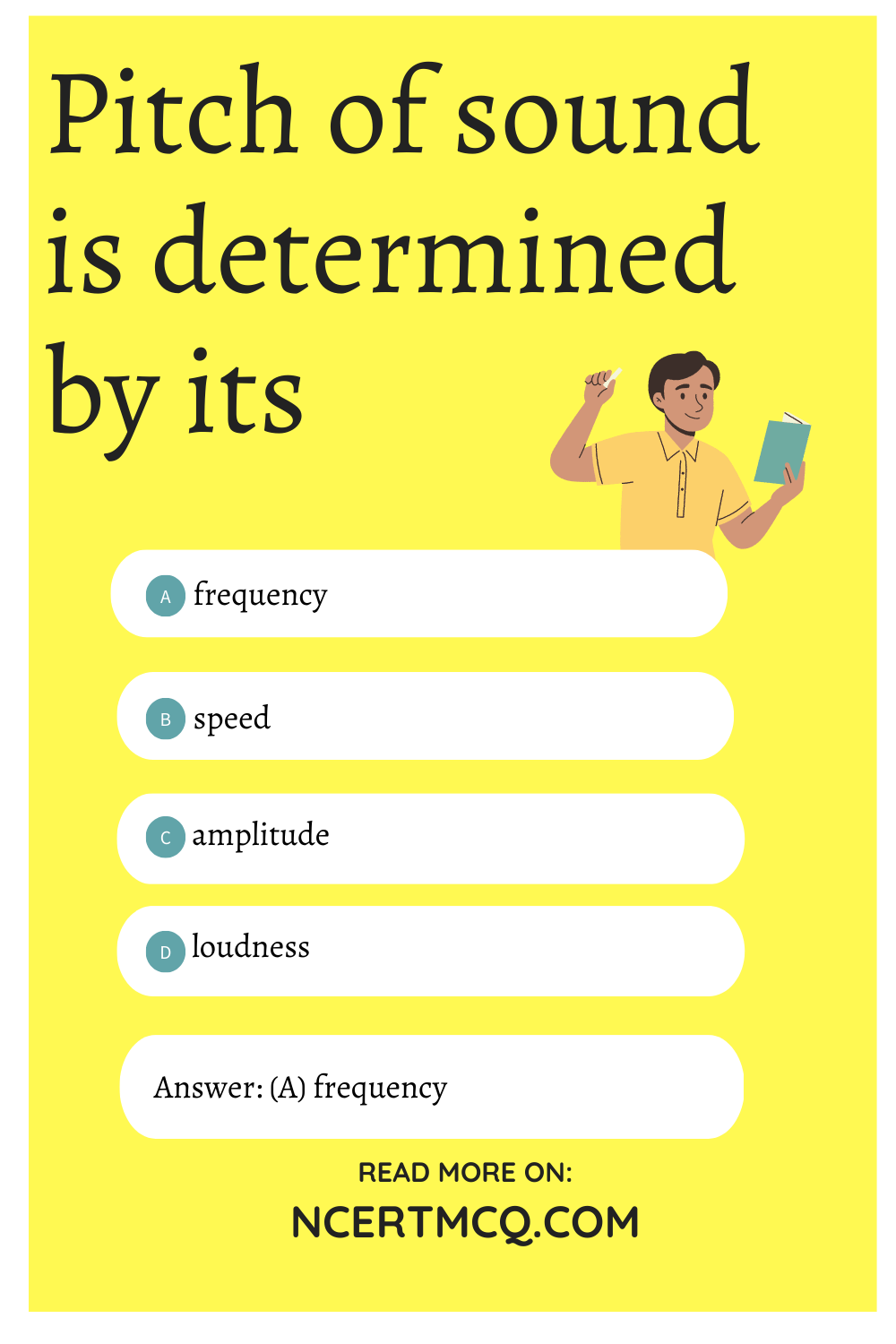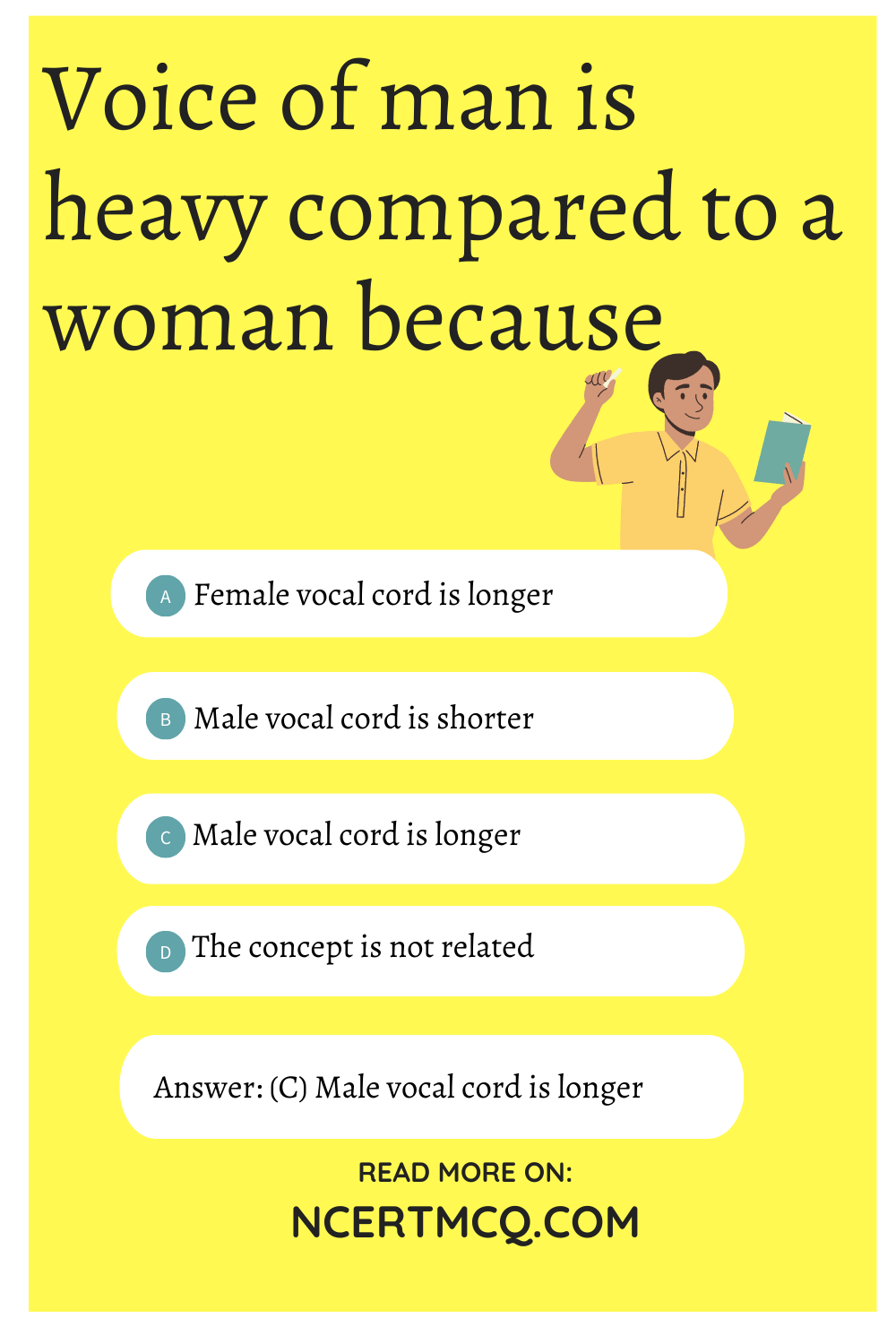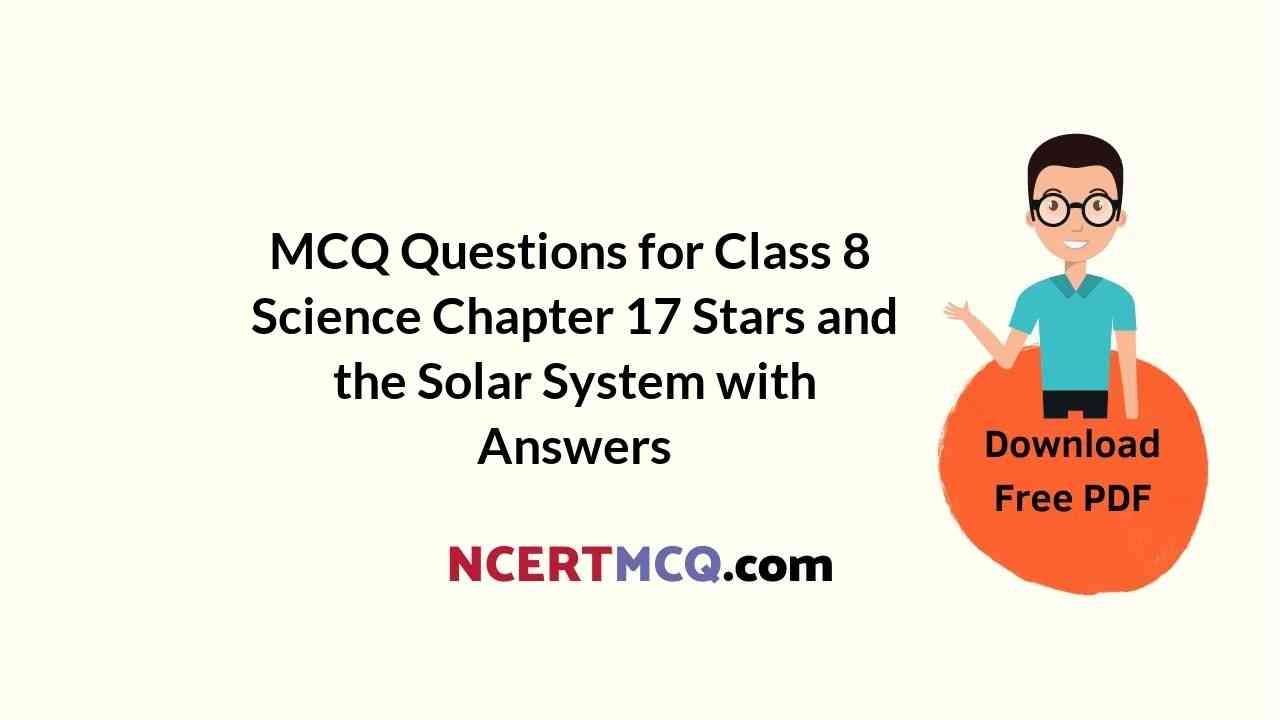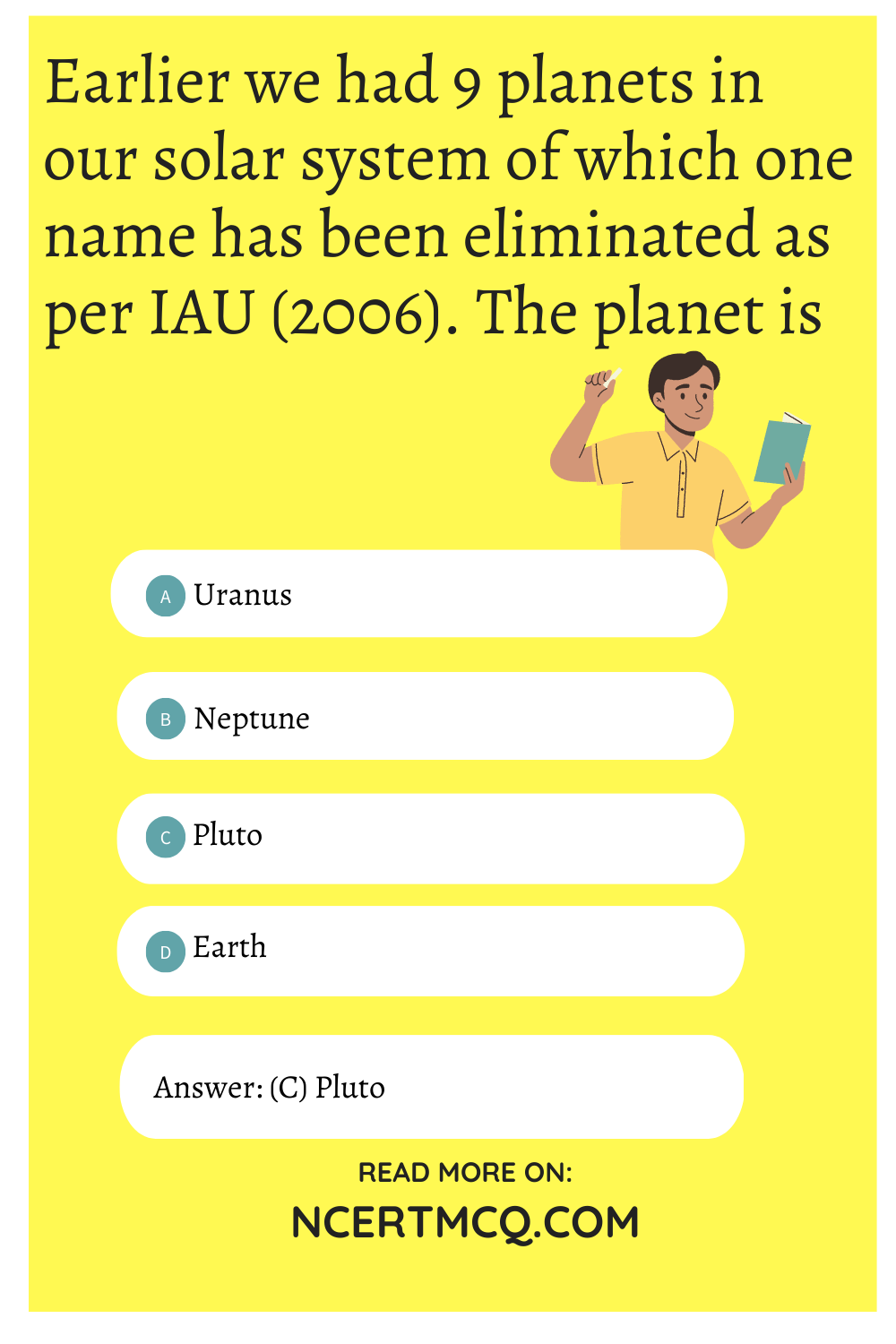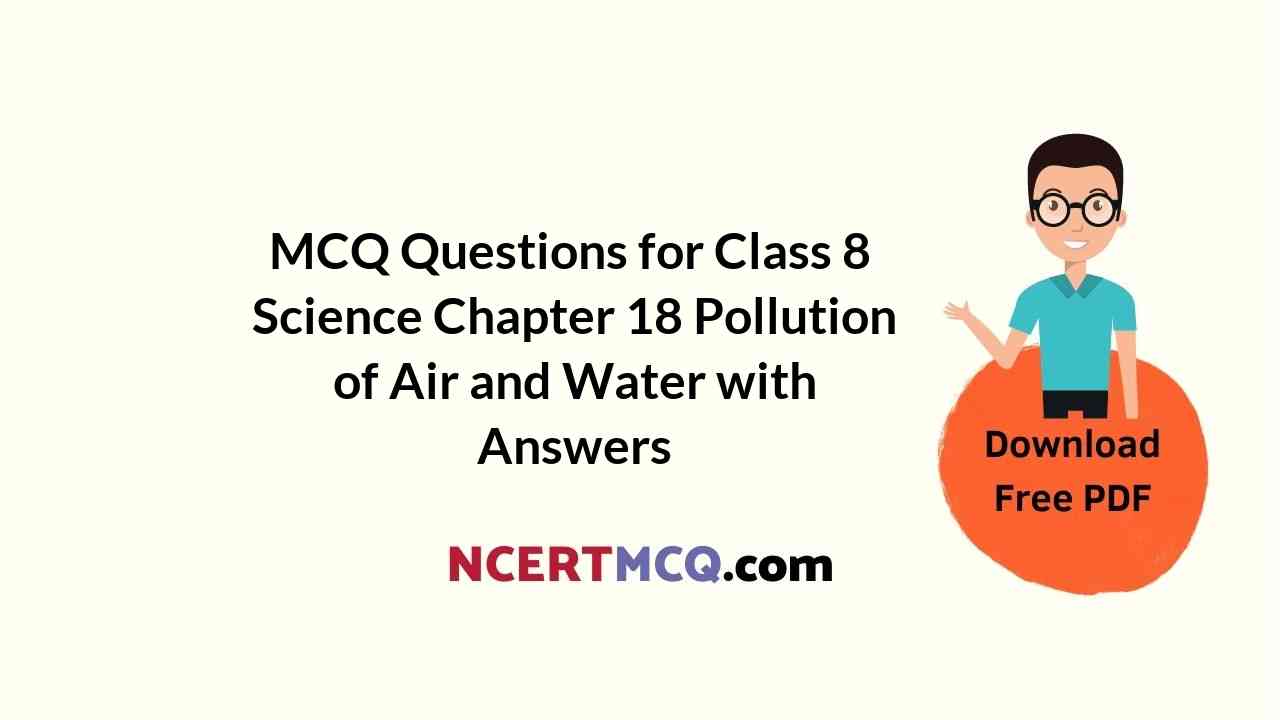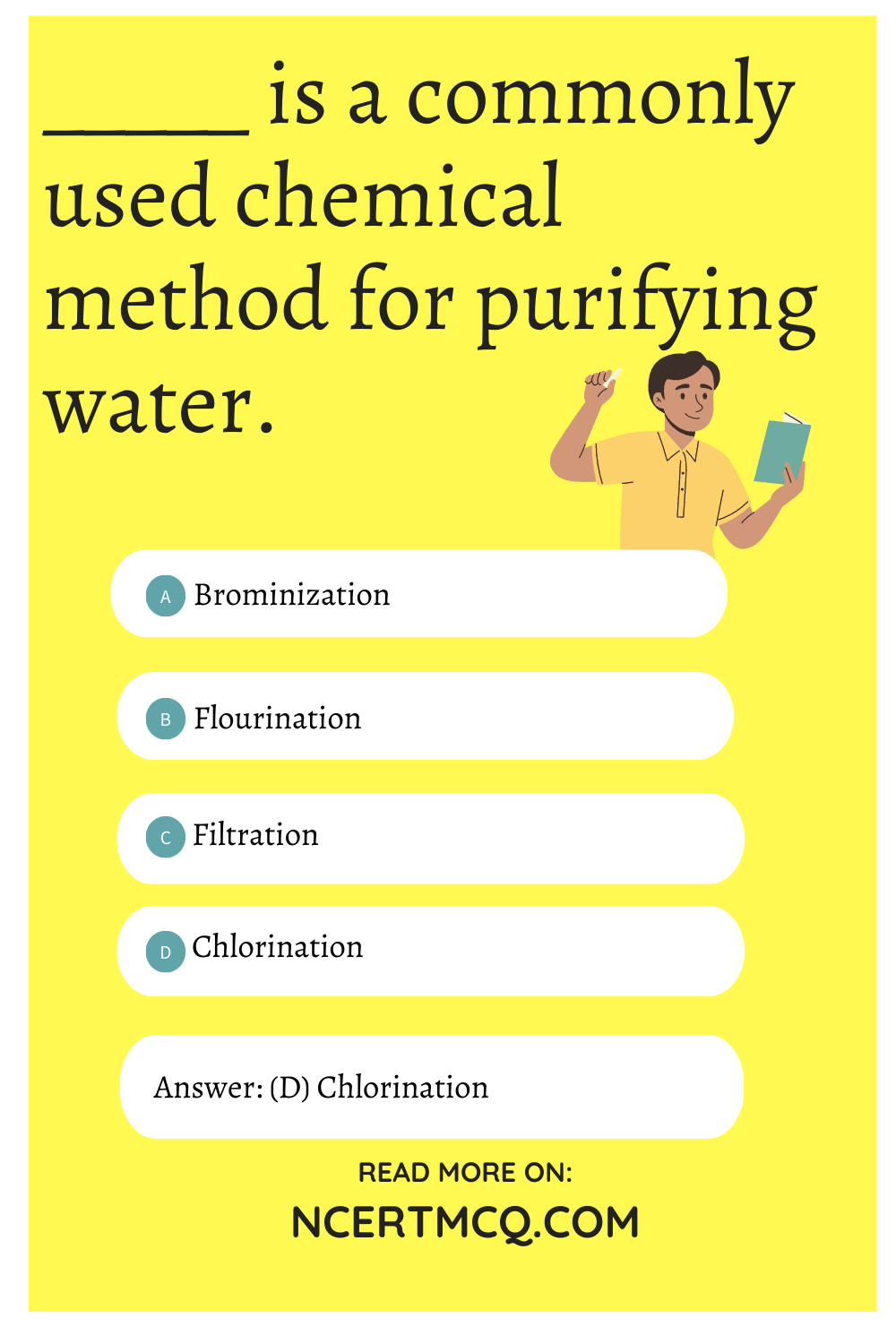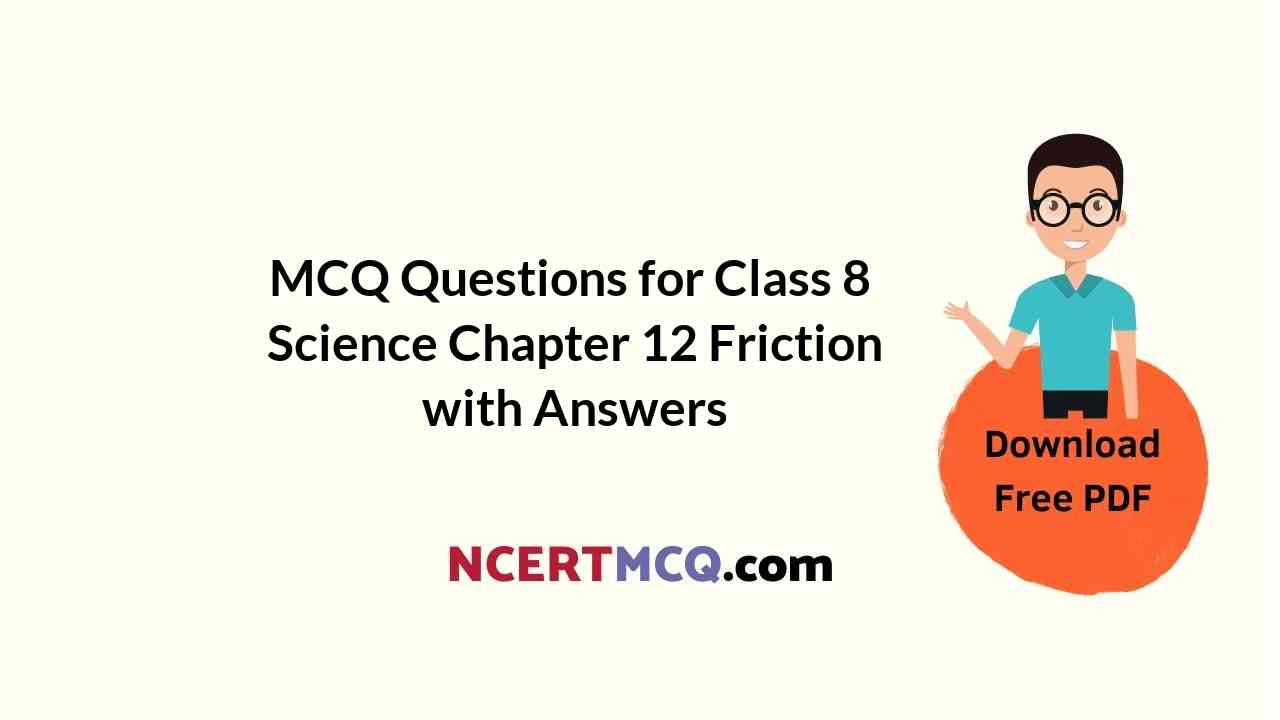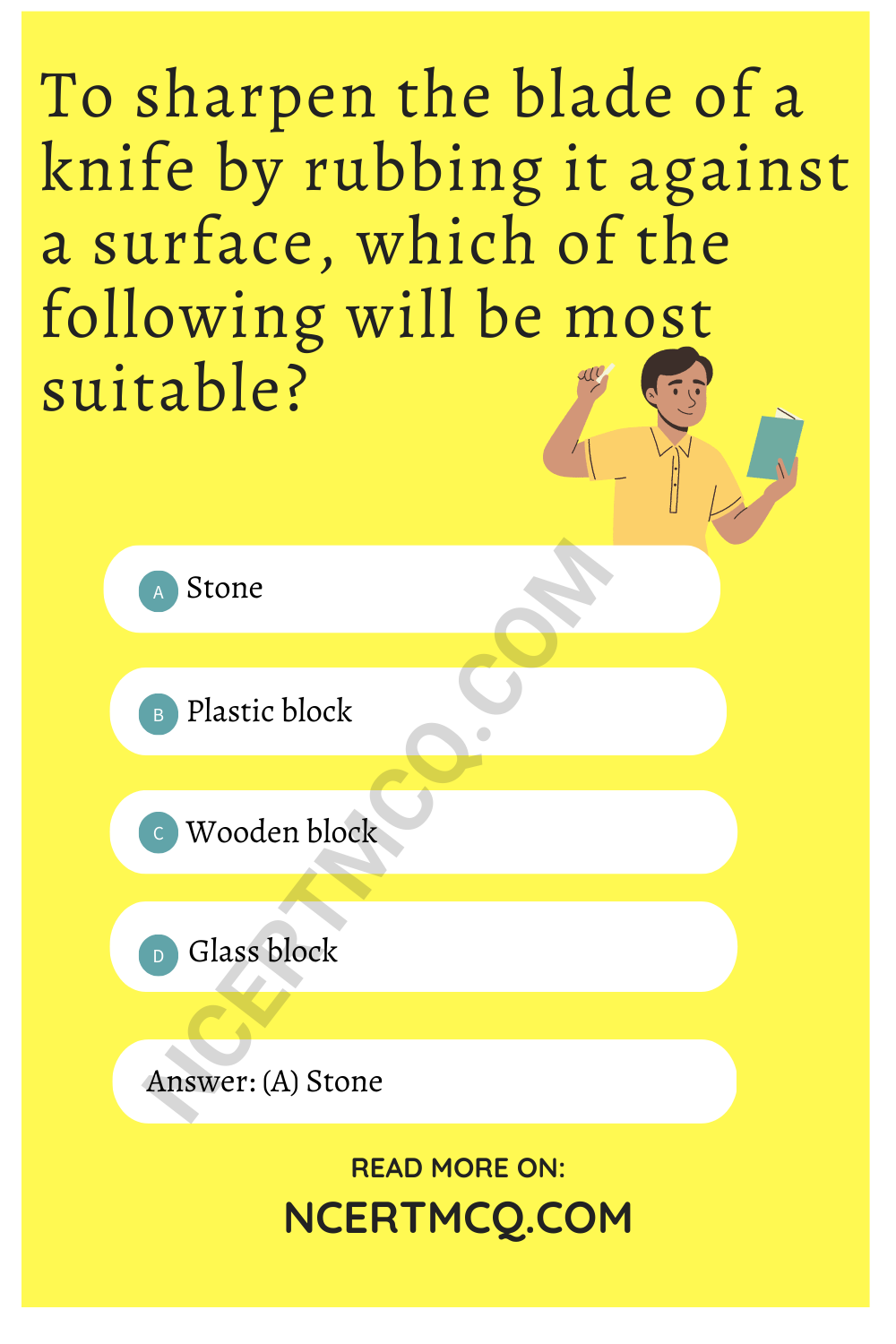Check the below NCERT MCQ Questions for Class 11 Economics Chapter 1 Introduction to Micro Economics with Answers Pdf free download. MCQ Questions for Class 11 Economics with Answers were prepared based on the latest exam pattern. We have provided Introduction to Micro Economics Class 11 Economics MCQs Questions with Answers to help students understand the concept very well.
Class 11 Economics Chapter 1 Introduction to Micro Economics MCQ With Answers
Economics Class 11 Chapter 1 MCQs On Introduction to Micro Economics
Class 11 Economics Chapter 1 MCQ Question 1.
Which Economist divided Economics in two branches of micro and macro on the basis of economic activity?
(a) Marshall
(b) Ricardo
(c) Ragnar Frish
(d) None of these
Answer
Answer: (d) None of these
MCQ Questions For Class 11 Economics Chapter 1 Question 2.
Which of the following is studied under Micro Economics ?
(a) Individual unit
(b) Economic Aggregate
(c) National Income
(d) None of these
Answer
Answer: (d) None of these
Economics Class 11 MCQ Question 3.
Which of the following economic activities are included in the subject-matter of Economics?
(a) Economic Activities related to Unlimited Wants
(b) Economic Activities related to Limited Resources
(c) Both (a) and (b)
(d) None of these
Answer
Answer: (c) Both (a) and (b)
Class 11 Economics MCQ Question 4.
On which base structure of economic problems has been installed?
(a) Unlimited Wants
(b) Limited Resources
(c) Both (a) and (b)
(d) None of the above
Answer
Answer: (c) Both (a) and (b)
MCQ Questions For Class 11 Microeconomics Chapter 1 Question 5.
‘Micros’, which means ‘Small’ belongs to:
(a) Arabian word
(b) Greek word
(c) German word
(d) English word
Answer
Answer: (b) Greek word
Introduction To Microeconomics Class 11 MCQ Question 6.
Which of the following statement is true?
(a) Human wants are infinite
(b) Resources are limited
(c) Scarcity problem gives birth to choice .
(d) All of these
Answer
Answer: (c) Scarcity problem gives birth to choice
Class 11 Microeconomics Chapter 1 MCQ Question 7.
Which of the following is the salient feature of factors (or resources) ?
(a) These are limited as compared to wants
(b) These have alternative uses
(c) Both (a) and (b)
(d) None of the above
Answer
Answer: (c) Both (a) and (b)
Economics And Economy Class 11 MCQ Question 8.
Which is a central problem of an economy ?
(a) Allocation of Resources
(b) Optimum Utilisation of Resources
(c) Economic Development
(d) All of these
Answer
Answer: (d) All of these
Economics Class 11 Chapter 1 MCQ Question 9.
Which of the following Is a type of economic activities ?
(a) Production
(b) Consumption
(c) Exchange and Investment
(d) All of these
Answer
Answer: (d) All of these
Class 11 Microeconomics Chapter 1 MCQ Questions Question 10.
To which factor, economic problem is basically related to:
(a) Choice
(b) Consumer’s Selection
(c) Firm Selection
(d) None of these
Answer
Answer: (a) Choice
Ch 1 Microeconomics Class 11 MCQ Question 11.
Economy may be classified as:
(a) Capitalist
(b) Socialist
(c) Mixed
(d) All of these
Answer
Answer: (d) All of these
Economics MCQ Class 11 Question 12.
Which economy has a co-existence of private and public sectors ?
(a) Capitalist
(b) Socialist
(c) Mixed
(d) None of these
Answer
Answer: (c) Mixed
Economics Class 11 Chapter 1 MCQ Questions Question 13.
The main objective of a socialist economy is…….
(a) Maximum production
(b) Economic freedom
(c) Earning profit
(d) Maximum public welfare
Answer
Answer: (d) Maximum public welfare
Microeconomics Class 11 MCQ Question 14.
In which economy decisions are taken on the basis of price mechanism ?
(a) Socialist
(b) Capitalist
(c) Mixed
(d) All of these
Answer
Answer: (b) Capitalist
MCQ Of Economics Class 11 Question 15.
The slope of a production possibility curve falls:
(a) From left to right
(b) From right to left
(c) From top to bottom
(d) From bottom to top
Answer
Answer: (c) From top to bottom
Question 16.
Production Possibility Curve is:
(a) Concave to the axis
(b) Convex to the axis
(c) Parallel to the axis
(d) Vertical to the axis
Answer
Answer: (a) Concave to the axis
Question 17.
Mention the name of the curve which shows economic problem:
(a) Production Curve
(b) Demand Curve
(c) Indifference Curve
(d) Production Possibility Curve
Answer
Answer: (d) Production Possibility Curve
Question 18.
Which of the following is studied under Macro Economics ?
(a) National Income
(b) Full. Employment
(c) Total Production
(d) All of these
Answer
Answer: (d) All of these
Question 19.
Which of the following Is a branch of Micro Economics ?
(a) Product Price Determination
(b) Factor Price Determination
(c) Economic Welfare
(d) All of these
Answer
Answer: (d) All of these
Question 20.
Which of the following is a source of production ?
(a) Land
(b) Labour
(c) Capital
(d) All of these
Answer
Answer: (d) All of these
Question 21.
Who said, “Economics is a science of wealth.”
(a) Marshall
(b) Robbins
(c) Adam Smith
(d) J.K. Mehta
Answer
Answer: (c) Adam Smith
Question 22.
“Economics is a science of logic.’’ Who said it ?
(a) Hicks
(b) Keynes
(c) Robbins
(d) Marshall
Answer
Answer: (c) Robbins
Question 23.
Micro Economics includes:
(a) Individual unit
(b) Small units
(c) Individual price determination
(d) All of these
Answer
Answer: (d) All of these
Question 24.
Who was the father of Economics ?
(a) I. B. Say
(b) Malthus
(c) Adam Smith
(d) Joan Robinson
Answer
Answer: (c) Adam Smith
Question 25.
Who gave the definition of Economics related to welfare ?
(a) Adam Smith
(b) Marshall
(c) Robbins
(d) Samuelson
Answer
Answer: (b) Marshall
Question 26.
The word ‘micro’ was firstly used by:
(a) Marshall
(b) Boulding
(c) Keynes
(d) Ragnar Frish
Answer
Answer: (d) Ragnar Frish
Question 27.
According to whom, Economics is a science of human welfare ?
(a) A Marshall
(b) Paul Samuelson
(c) J. S. Mill
(d) Adam Smith
Answer
Answer: (a) A Marshall
Question 28.
Which of the following is not a factor of production ?
(a) Land
(b) Labour
(c) Money
(d) Capital
Answer
Answer: (c) Money
Question 29.
The central problem of an economy is:
(a) What to produce ?
(b) How to produce ?
(c) How to distribute produced goods ?
(d) All of these
Answer
Answer: (d) All of these
Question 30.
Consumer behaviour is studied in:
(a) Micro Economics
(b) Income Theory
(c) Mac o Economics
(d) None of these
Answer
Answer: (a) Micro Economics
Question 31.
Indian economy is:
(a) Centrally planned economy
(b) Market economy
(c) Mixed economy
(d) None of these.
Answer
Answer: (c) Mixed economy
Question 32.
Who used the word ‘micro’ for the first time:
(a) Marshall
(b) Boulding
(c) Keynes
(d) Ragnar Frisch
Answer
Answer: (d) Ragnar Frisch
Question 33.
Who said economics is the ‘Science of wealth:
(a) Prof. Robbins
(b) Prof. J.K. Mehta
(c) Prof. Marshall
(d) Prof. Adam Smith
Answer
Answer: (d) Prof. Adam Smith
Question 34.
What is the shape of production possibility curve:
(a) Concave to the origin
(b) Concave
(c) Straight line
(d) None of the above.
Answer
Answer: (a) Concave to the origin
Question 35.
The reason for downward shape of production possibility curve is:
(a) Increasing opportunity cost
(b) Decreasing opportunity cost
(c) Same opportunity cost
(d) Negative opportunity cost
Answer
Answer: (b) Decreasing opportunity cost
Question 36.
The point of optimum utilization of resources lies on which side of PPC curve:
(a) Towards left
(b) Towards right
(c) Inside
(d) Upwards
Answer
Answer: (d) Upwards
Fill in the blanks:
1. Every person has ………………… quantity of goods.
Answer
Answer: Few
2. ……………………economics is the study of individual economic units.
Answer
Answer: Micro-economics
3. Opportunity cost ………………….. in production list.
Answer
Answer: Changes
4. Micro and Macro-economics are ……………………… to each other.
Answer
Answer: Complement
5. Economic growth is related to ………………………… economics.
Answer
Answer: Macro
6. Economy is a group of ………………….. units.
Answer
Answer: Production
7. Mixed economy is composed of ………………………. and …………………………
Answer
Answer: Socialism, Capitalism
8. The goods and services which help in the production of other goods and services are ………………………. goods.
Answer
Answer: Intermediate
State true or false:
1. Production possibility curve is convex towards main point.
Answer
Answer: False
2. Central problem in the capitalist economy is solved by price mechanism.
Answer
Answer: True
3. An economy can be capitalist, socialist or opportunist.
Answer
Answer: False
4. Today all economics of the world are almost mixed economics.
Answer
Answer: True
5. Macro-economics is the study of the problems of unemployment, price inflation etc.
Answer
Answer: True
6. In socialism, the feeling of personal profit is prominent.
Answer
Answer: False
Match the following:
| ‘A’ | ‘B’ |
| 1. The mechanism of micro-economics | (a) Capitalist economy |
| 2. Basic financial problem | (b) All resources are efficiently used |
| 3. No state inteference | (c) Price analysis |
| 4. No restrictions on trade | (d) Limitation and election |
| 5. Main assumptions of production possibility curve | (e) Open economy. |
Answer
Answer:
| ‘A’ | ‘B’ |
| 1. The mechanism of micro-economics | (c) Price analysis |
| 2. Basic financial problem | (d) Limitation and election |
| 3. No state inteference | (a) Capitalist economy |
| 4. No restrictions on trade | (e) Open economy. |
| 5. Main assumptions of production possibility curve | (b) All resources are efficiently used |
We hope the given NCERT MCQ Questions for Class 11 Economics Chapter 1 Introduction to Micro Economics with Answers Pdf free download will help you. If you have any queries regarding CBSE Class 11 Economics Introduction to Micro Economics MCQs Multiple Choice Questions with Answers, drop a comment below and we will get back to you soon.
Class 11 Microeconomics MCQ:
